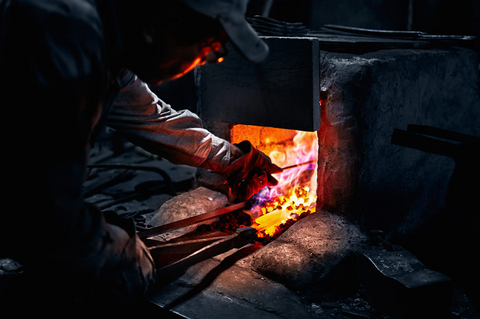
Mirin is an ingredient that you can never miss when cooking Japanese food. Mirin is a condiment that was discovered in Japan. The reason why Mirin, soy sauce and miso were discovered in Japan is due to the fact that koji mould (bacteria) only lives in Japan. The koji mould is an essential ingredient in these products.
Mirin and sake are used for different purposes in cooking. So, what is the difference between cooking sake and mirin?
Mirin is made from mochi rice koji and shochu (alcohol). Mochi rice contains more starch and gives a sweeter flavour to mirin.
 Left: mochi rice Right: sushi rice (uruchi rice)
Left: mochi rice Right: sushi rice (uruchi rice)
Mirin contains about 14% of alcohol, and mirin that contains less than 1% of alcohol is called Mirin-fu (Mirin-ish), known as low alcohol mirin.
Mirin gives a mildly sweet flavour to the meal. Also, the biggest effect that mirin can give is to add TERI (gloss / shine) to the food. Teriyaki's TERI is mirin.
What is the difference between Sake and Cooking Sake?
Cooking sake is used to tenderise meat, and also to remove unwanted smells and flavours. Cooking sake contains salt so it adds some flavour to the meat. The reason why salt is contained in cooking sake is to make a difference from drinking sake. By adding dome salt, we can't drink it, so it won't be taxed in Japan as alcohol and called cooking sake.






